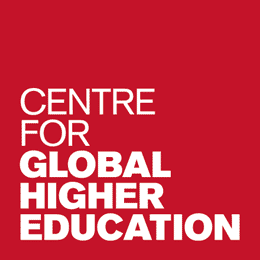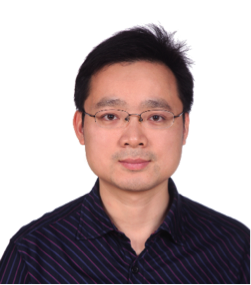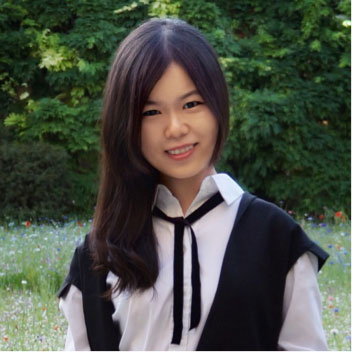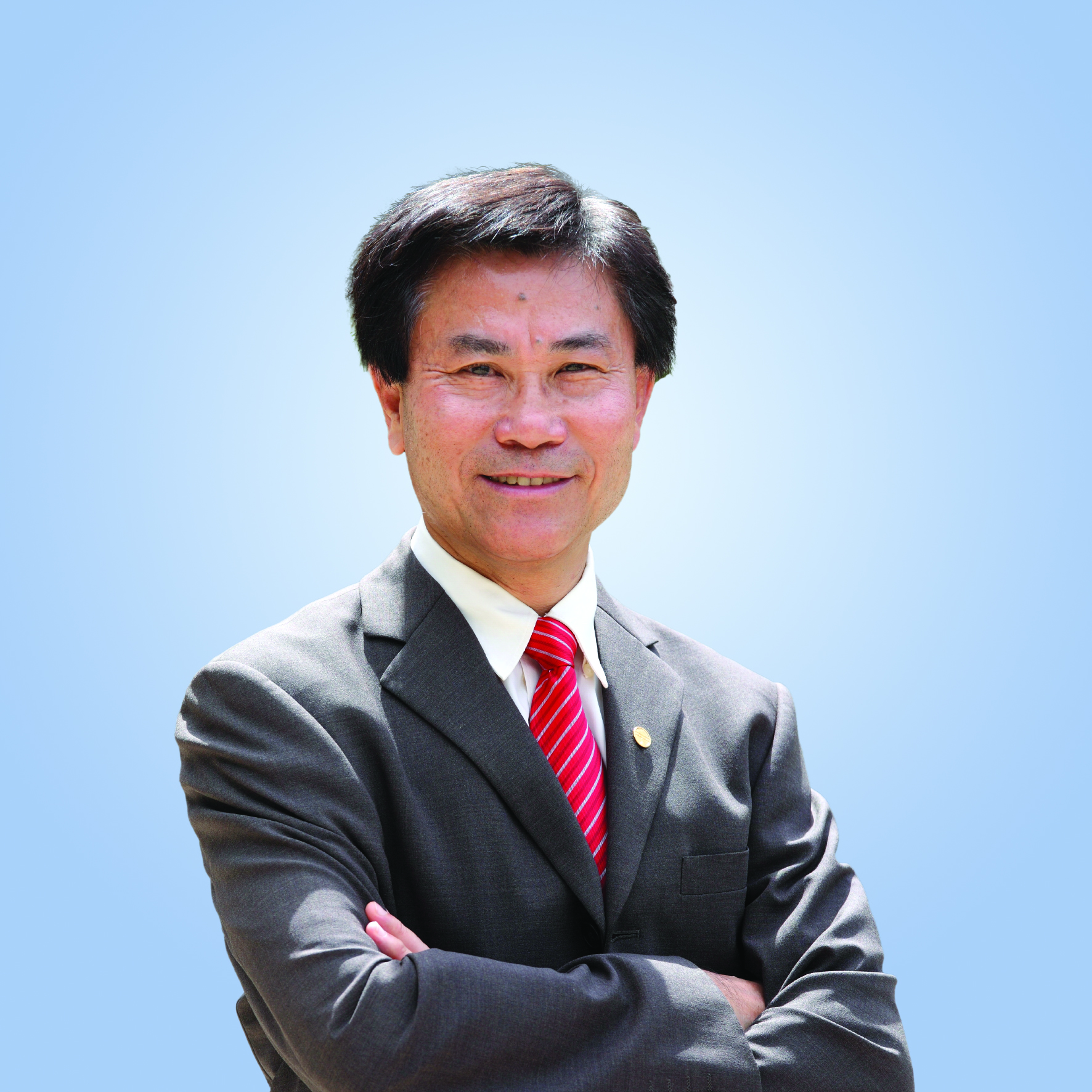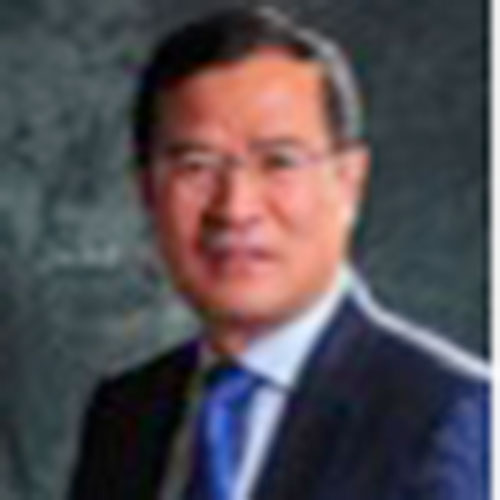Expansion of higher education in China for two decades: critical reflections from comparative perspectives
- Marijk van der Wende, Utrecht University
- Simon Marginson, University of Oxford and University of Bristol
- Lili Yang, University of Hong Kong
- Ka Ho Mok, Hang Seng University (Hong Kong)
- Wenqin Shen, Peking University
- Xin Xu, University of Oxford
- Professor Leonard K Cheng, Lingnan University
- Dr Wen Wen, Tsinghua University
- Shi Zhongying, Tsinghua University

The Department of Education at University of Oxford is hosting a one-day symposium in collaboration with Lingnan University to explore higher education in China, including the role of liberal arts education.
Register here
Full programme here
Context and conditions for liberal arts and science education in China
Marijk van der Wende, Utrecht University
The early origins of higher education in both Eastern and Western cultures included traditions of broad and general education, education of the whole person, known as liberal arts and sciences education, in contrast to more specialized practical or professional training.
21st century requirements for excellence and relevance in undergraduate education underscore the scope for liberal arts and science education in Asia as a solution for training the much sought-after “21st-century skills”, like creativity and critical thinking. At the same time, the model may present challenges in its essential moral and social dimensions. But these skills cannot be singled out as technical and economic benefits from the political and social institutions that nurture the broader mindset required for actual progress in the global context. How and under which conditions can liberal arts & science education contribute to the growth of Chinese higher education?
Can University Qualification Propel Social Mobility? A Review of Higher Education Expansion and Graduate Employment in China
Dr Chan Wing-Kit, Associate Professor, Sun Yat-sen University
University enrolment has increased by seven folds in China in the past two decades as Beijing started to expand its higher education sector since 1999. This decision made in a context that China was facing massive unemployment accompanied by low domestic consumption and such a fees-charging expansion would hit two birds with one stone. While it was expected to meet the growing demand for a better-educated labour force for the country, for many parents, their willingness to invest in their children’s degrees at the expense of other rather necessities is motivated by a belief that university qualification would deliver an opportunity for upward social mobility. With confidence from the cost-sharing theory, fees were introduced and increased in public universities; then, private universities emerged in China. The momentum generated by this belief translated into a thirst for university qualification and transformed the university system from its elitist stage to a massive one with much more private resources.
Thanks to an abundant supply of university graduates, China is now the world’s second-biggest economy, but has the belief in education would change the life course of an individual from disadvantaged background turned fruitful in equivalent terms? This paper attempts to assess the outcome of this belief by firstly reviewing studies focusing on the relationship between university qualification and social mobility, secondly by a second-hand data analysis on the statistics of higher education expansion and graduate employment, with reference to the government’s intervention in resources allocation among institutions of various labels, administrative levels or locations. Findings in this study illuminate a critical dilemma for policymakers: starting salary of university graduates has been declining in real terms, and students without expansion would have become peasant workers are taking up jobs previously filled by them, both challenging an assumption of the cost-sharing theory that private returns outweigh social ones in higher education. This paper suggests that the privatisation of primary and in particular secondary education and the concentration of resources on a small number of prestigious universities that take students mainly from private schools are the key reasons in hindering university qualification from propelling social mobility. As an unintended consequence, China has become a less equal society after the expansion, a thorough review of the strategy is suggested for the policymakers.
Does higher education pay off after college expansion? Evidence from nationwide surveys in China
Jin Jiang, research assistant professor, Lingnan University, Hong Kong
East Asian countries witnessed a dramatic college expansion in recent decades. China is not an exceptional case. From the beginning of 1999, the higher education system of Mainland China undergone an unprecedented expansion, resulting more than six million college graduates flooding in labour market annually since 2003. Early studies suggest that college expansion worsens graduate employment while assuming a stable demand for skilled labour. However, policy innovation and an increasing supply of college-educated labour may stimulate employment opportunities. Since the launch of China’s plan for ‘mass entrepreneurship and innovation’, a large supply of graduates may meet the growing demand for skilled labour and even stimulate the growth of job opportunities.
Against the background outlined above, this study examines whether higher education pays off after college expansion in China by considering both the higher education expansion and the changing labour market. Drawing on the pooled data from nationwide surveys (Chinese General Social Survey) of 2006 and 2015, the author adopts the Difference in Differences (DiD) method to compare the earnings premium of higher education degree holders (versus upper secondary graduates) before and after colleague expansion. The results suggest that earning premium of higher education remains significant despite college expansion, while the premium decreases for young people who experienced expansion. In addition, this study finds significant impacts of employment status and company types on earnings. Young entrepreneurs or self-employed youth earn more than employees of the same age cohorts, and young people working in foreign-owned companies have more earnings than those working in private firms. More importantly, the employment status and company types explain a substantial amount of the difference of earnings premium before and after expansion. This study provides important theoretical and policy implications for education expansion and graduate employment.
This study is part of the research project entitled “Graduate employment amid the massification of higher education and changing labour markets: Cross-sectional and multi-level evidence from urban China since 2003”, funded by a Lingnan University Direct Grant (grant reference DR19B7). The author gratefully acknowledges the funding support.
A Critical Review of Minban and Transnational Higher Education in China: Challenges and Opportunities
Professor Ka Ho Mok, Vice President and Chair Professor of Lingnan University
Since two decades ago, the Chinese Government has begun to expand higher education enrolment in order to meet the pressing demand for higher education, hence minban (people run) and different forms of Sino-foreign cooperation / transnational higher education have emerged in Mainland China. Although the Chinese Government has been able to invest more in the public higher education sector, public universities are unable to cater for the increasing demand for higher learning, It is against this policy background that minban and other forms of transnational higher education have flourished. This paper critically examines how these minban and transnational higher education institutions strive for success in recruiting students through offering alternative learning experiences. In addition, this paper also discusses major challenges these institutions have confronted, with particular reference to examine their changing relationship with the state and university governance matters. The paper concludes with discussion related to development opportunities of minban / transnational higher education in China.
The Proof of Liberal Arts Education is in Students’ Actual Learning Outcomes
Leonard K. Cheng, Lingnan University
Cheng will discuss the strengths of liberal arts education (LAE) as commonly perceived by its advocates, especially in view of the impact of computer-based automation and emergence of Artificial Intelligence technologies. These positive views are in contrast to the serious challenges faced by LAE in the US, including the difficulties of graduates in securing reasonably good jobs and the negative connotation generally associated with both “liberal” and “arts”. I shall argue that, to understand the gap between ideal and reality, we must look at whether the actual student learning outcomes match the central to the goals of LAE. In China, there is also a dis-connect between the praises for “general education” and “quality education” and the widespread disappointment among students and teachers in the programmes being implemented.
Making reference to Lingnan’s experience with liberal arts education, he shall highlight a pragmatic approach that views professional training as not only compatible with the fundamental values of liberal arts but also necessary to showcase the strengths of LAE, which among other things will require a de-emphasis of the political ideology traditionally associated with this form of education in the US and making general education a central feature of undergraduate education in China.
Bring Ontology Back In: the Latest Trends of University Changes in the Mainland China
Professor Shi Zhongying, Tsinghua University
In recent decades, the rapid expansion and quality development of universities in the mainland China has gradually attracted the world-wide interests and attention. Many international education researchers, university leaders and policy makers are familiar with a set of Chinese university policies such as “211 project”、“985 project” or the latest “Double-First Class Initiative”, which have been released during the past 20 years. The design of these continuous university policies are convinced to meet the instrumental or external requirement of economic growth and national modernization. However, along with the implementation of these policies, some opposite voices has emerged, criticizing the instrumentalization and utilization of universities. Under this circumstance, “Bring Ontology Back In” was proposed a few years ago by some higher education researchers and finally accepted by policy decision makers and university leaders. From my own point of view, “Bring Ontology Back In” has become one of the most dominant ideas which has generated many influences on the current and definitely on the future Chinese university strategies, resources distribution, curriculum and teaching policy, quality evaluation and faculty development etc.
From isolation to integration -internationalization, American influence and the de-Sovietization reform of Chinese higher education in 1980s and beyond
Wenqin Shen, Graduate school of education, Peking University
The reform of China’s higher education in the 1980s was part of the agenda of reform and opening up. In a sense, this reform can be seen as a process of de-Sovietization, efforts to integration to the international academic community and adaption to global model of higher education. Based on interviews with senior scholars, archival materials and relevant literatures, this presentation analyzes the intertwined reforms of China’s higher education in the 1980s. Key elements of the reforms include changing the over-specialized undergraduate education model, changing the institutional structure formed in 1952 which copied the soviet model, building the university as teaching centers and research centers, embracing internationalization, and so on. At the same time, the reforms were also shaped by geopolitics (the Sino-US relations) during this period, the American influences (policy transfer, Chinese American Scholars, etc) played an important role in the de-Sovietization process. For various reasons, this reform is only partially successful, meaning that the legacy of the Soviet model will continue to have an impact on Chinese higher education.
China ‘goes out’ in a centre/periphery world: Incentivising international publications in the humanities and social sciences
Xin Xu Lily, University of Oxford
The current expansion of English language publishing by scholars from China is supported by national and university policies, including monetary and career incentives to publish in English. These incentives, which extend to work in the humanities and social sciences (HSS, the focus of this paper) as well as the natural sciences and technologies, are situated in evolving strategies of internationalisation. China has moved from an internationalisation strategy simply based on learning from the West, to a ‘going out’ strategy designed to both lift domestic research capacity and advance China’s influence in the world. But ‘going out’ strategy nonetheless embodies ambiguities and dilemmas. The world of academic knowledge is not a level playing field but more closely approximates the centre/periphery dynamic described in world systems theory. By focusing on English language publishing, Chinese universities run the risk of downplaying work in national language – especially important in the HSS – and creating knowledge from and about China primarily in Western terms without adding a distinctive Chinese strand to the global conversation. Incentives to publish in international journals generate heated political and scholarly discussions in China. This study explores the influence of those incentives in the context of a centre-periphery world. It draws on analysis of 172 institution-level documents concerning internationalisation incentives, and semi-structured interviews with 75 HSS academics, university senior administrators, and journal editors. The study identifies practices within China’s HSS that reproduce centre/periphery relationships, and also alternative dynamics that challenge the existing global power hierarchies in HSS.
Collectivism in shaping Chinese higher education: Higher education and evolving interpretations of the collective
Lili Yang, Department of Education, University of Oxford
Since the late 19th century encounters between Chinese and Western traditions have shaped contemporary China. These encounters have been the source of epochal changes, including the erosion of Confucian civilisational order, the establishment of Marxism-Leninism as the country’s official ideology in 1949, and the re-emergence of Confucianism and economic (neo-)liberalism in the post-1978 period.
Despite these changes, the collectivist tradition has been retained, though it is expressed differently in contemporary China. Both the enduring nature of collectivism and the changes it has experienced may be enlightened by illustrating evolving interpretations of the collective. By exploring the evolution of collectivism in China, this paper provides a unique perspective on the competing influences of ancient Chinese traditions, Marxism-Leninism, and Western (neo-)liberalism. It argues that collectivism has been ever-present in China, but taken on a distinct form under the influence of Confucianism and Marxism-Leninism respectively, and today takes the form of Marxist-Leninist collectivism with Confucian attributes.
Certain unique characteristics of the contemporary Chinese higher education system embody this evolving collectivist tradition. Firstly, the primary missions of higher education institutions are primarily state-oriented, reflective of the state as the core collective entity in contemporary China, and which also dictates the importance of the state-university relationship in China. Secondly, because the importance of the family as a collective entity has grown since the 1980s, the tight linkage between higher education and family ambition has taken on renewed significance. Thirdly, individuals’ desire to receive higher education is partly informed by the Confucian idea of self-cultivationwhich is collectivist-oriented as wellthough this has been challenged by the influence of (neo-)liberalism since the 1980s. Lastly, there is a clear preference for the practical use of knowledge over the pursuit of pure knowledge, similarly influenced by the collectivist orientation of China since ancient times.
From ‘state-controlling’ to ‘state-facilitating’: the transformation of governance of higher education in China
Professor Wen Wen, Tsinghua University
In the past two decades, Chinese higher education has been experiencing a transition of the governance model: from a two-way model of “Government-University” to a coordinate triangle of “Government-University-Market”. This transition in governance is the most salient feature of the development of Chinese higher education. However, different from most Anglo-Saxon countries where the idea of market was underpinned by neo-liberalism, the market mechanism was selectively adopted by the state as an effective instrument to allocate resources in China.
This article sets out to examine, against the wider policy context, how the market principle has been injected in Chinese higher education governance since late 1970s, how the market mechanism was developed during the expansion period (late 1990s to the early 21 century) and how it was formulated in the new era when quality and accountability were emphasized and the tension between the global and the national were intensified (2006 or so to date). In particular, this article aims to explore how the national and global dynamics have shaped the transition of HE governance in China and what challenges this new governance model is confronted with. The discussion will be forwarded to how Chinese universities will enhance its own agency and manage to reorganize themselves in the nation-globe tension while retaining stable identities. The fundamental questions about what knowledge and what values to be produced in Chinese universities will be reiterated. Data to support the analysis is mainly from policy documents, national educational statistics and secondhand literature.
National/Global Synergy in the Development of Higher Education and Science in China since 1978
Simon Marginson, University of Oxford
The paper reviews the rapid development of higher education and science in China in the last forty years. It discusses the conditions and strategies of that development, including the ways that it embodies a distinctive Chinese approach to higher education. In particular, the paper reflects on the policies whereby China coordinated with globalization in higher education and science after 1978, in building national capacity and global influence. Scale, nation-state policy goals and accelerated investment on their own are necessary but not sufficient (otherwise Saudi Arabia’s research universities would be stronger than they are). The effective national/global synergy developed by China, made possible by the international openness and part-devolution to science communities that was implemented in the Deng Xiaoping era, has been crucial in the rapid rise of China’s universities and science. This national/global synergy—and its potentials, tensions and limits—in turn has determined the nature of the achievement and will shape its future evolution.
Booking
The symposium is free and open to all. Register here.
